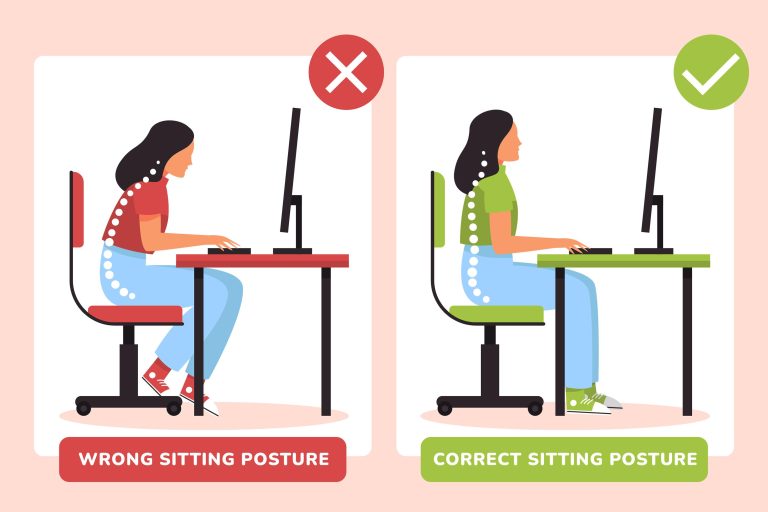Understanding Osteoarthritis: Causes, Symptoms, and Treatment Options
Osteoarthritis (OA) is a degenerative joint disease that primarily affects the cartilage—the smooth, cushioning tissue at the ends of bones. As the cartilage wears down over time, bones begin to rub against each other, leading to pain, swelling, and loss of joint movement. OA most commonly affects the knees, hips, hands, and spine, and is more prevalent with age.
The causes of OA include a combination of factors such as aging, genetics, obesity, joint injuries, and repetitive stress from certain occupations or sports. Women are more likely than men to develop OA, particularly after menopause. Abnormal joint or bone structures can also increase the risk of developing the condition.
Symptoms of OA typically develop slowly and worsen over time. Common signs include joint pain during or after activity, stiffness (especially after waking or inactivity), swelling, reduced range of motion, and a grating sensation during joint movement. In advanced cases, bone spurs may form, and the joint may become severely deformed.
Treatment options focus on relieving symptoms and improving joint function. Non-surgical approaches include weight management, physical therapy, low-impact exercises, NSAIDs, and corticosteroid injections. For severe cases, surgical options like joint realignment or total joint replacement may be necessary. A comprehensive management plan tailored to the individual’s needs is essential for maintaining quality of life.







